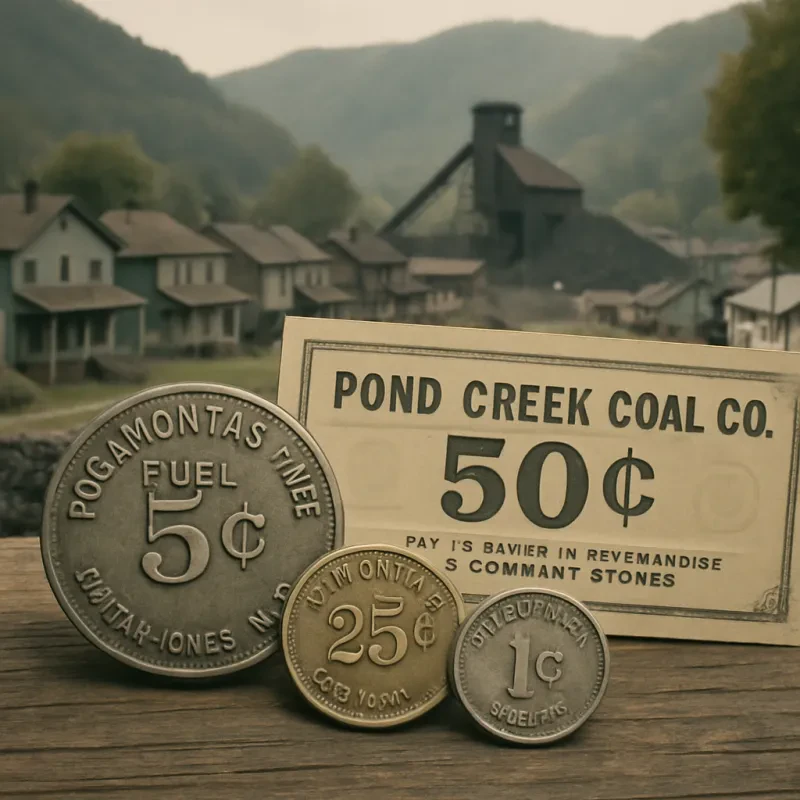Coal Miners' Lunch Pail: A Historical Overview
The coal miners' lunch pail, also known as the dinner bucket, lunch box, or snap can, embodies more than just a container for food; it represents a rich tapestry of industrial history, social evolution, and cultural significance. This article delves into the origins, evolution, and cultural importance of the coal miners' lunch pail, shedding light on its role in the life of coal miners and its legacy in industrial history.
Origins and Evolution of Coal Miner's Lunch Pail
Early Days
The history of the coal miners' lunch pail begins in the late 19th and early 20th centuries, during the height of the industrial revolution. Coal mining was a predominant industry, crucial for powering factories, trains, and heating homes. Miners, often working long hours under harsh and dangerous conditions, needed a practical solution for carrying their meals underground.
Initially, miners used whatever was available, such as cloth bags or old syrup cans, to carry their food. However, these containers were neither durable nor insulated, which led to the development of the metal lunch pail. These pails were sturdy, reusable, and better at keeping food somewhat insulated from the ambient temperature of the mines.
Design and Features
The classic coal miners' lunch pail is a metal container, often made from tin or aluminum, featuring a latching lid to secure its contents. The design was pragmatic; a top compartment often held a beverage or cold items, while the larger bottom compartment stored the bulk of the meal, usually wrapped in cloth or paper to keep it warm.
Some pails included a smaller compartment or tray for desserts or snacks, demonstrating an early understanding of meal compartmentalization for convenience and food preservation. The handle was sturdy, designed for easy carrying in rough terrain.
Cultural Significance
The coal miners' lunch pail is more than a mere object; it symbolizes the resilience, solidarity, and the daily lives of miners. It represents a connection to a way of life that was, for many families across mining regions, the very fabric of their community and identity.
Social Implications
Community and Identity
In mining towns, the lunch pail became an emblem of the working class, a daily companion for miners who relied on it for sustenance through long and perilous workdays. The contents of the pail, often prepared by miners' wives or family members, were a testament to the care and preparation that went into supporting the miner's arduous labor. Sharing food during breaks fostered a sense of community and camaraderie among miners, strengthening social bonds and collective identity.
Health and Safety
The evolution of the lunch pail also reflects concerns about miners' health and safety. The introduction of more durable and protective containers helped in safeguarding the miners' food from contamination by coal dust, a common and hazardous element of the mining environment. This concern for hygiene and health safety underscores the broader issues of working conditions and miners' welfare that were gaining attention during this period.
Legacy and Modern Perspectives
The coal miners' lunch pail, while a relic of a bygone era in many respects, continues to hold cultural and historical significance. It serves as a reminder of the industrial age's challenges and achievements, symbolizing the resilience and community spirit of the working class. Museums and collectors often preserve lunch pails as artifacts, and they are a subject of interest for historians studying the social and economic aspects of industrial labor.
In contemporary times, the concept of the lunch pail has seen a transformation, with modern lunch boxes featuring insulating materials and designs catering to convenience and health. However, the essence of the lunch pail — a simple, robust container carrying nourishment and comfort — remains unchanged, echoing the enduring human spirit of resilience and care.
Furthermore, the coal miners' lunch pail is more than an artifact; it is a window into the lives of those who played a crucial role in powering the industrial revolution. Its history is a testament to innovation, adaptation, and the unbreakable spirit of community, making it a symbol of industrial heritage and cultural identity.







